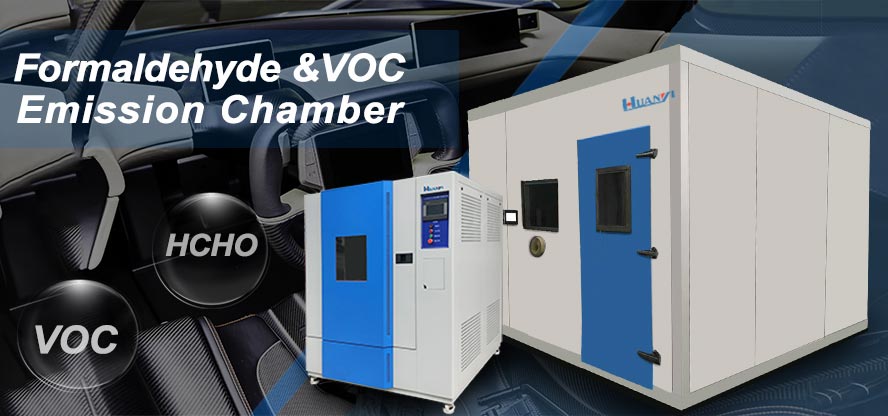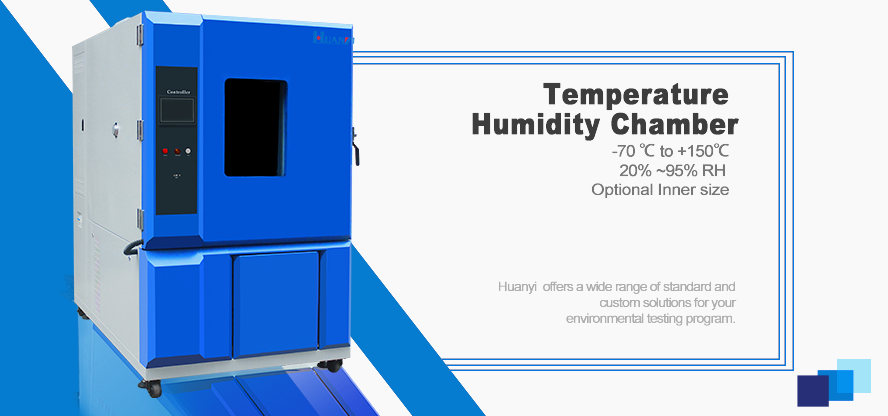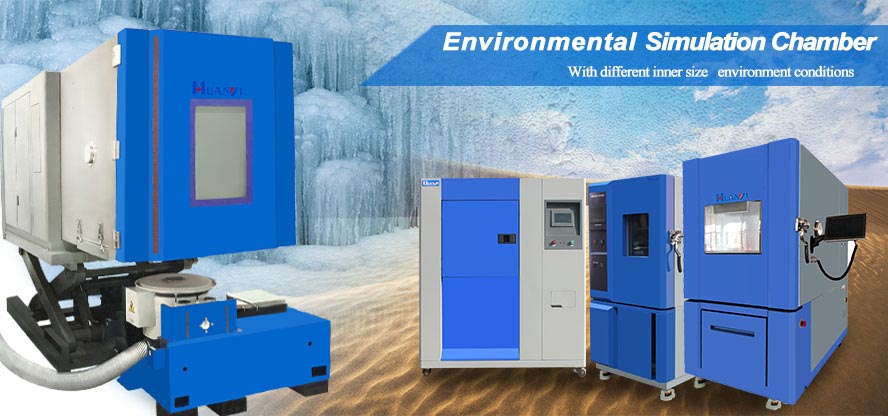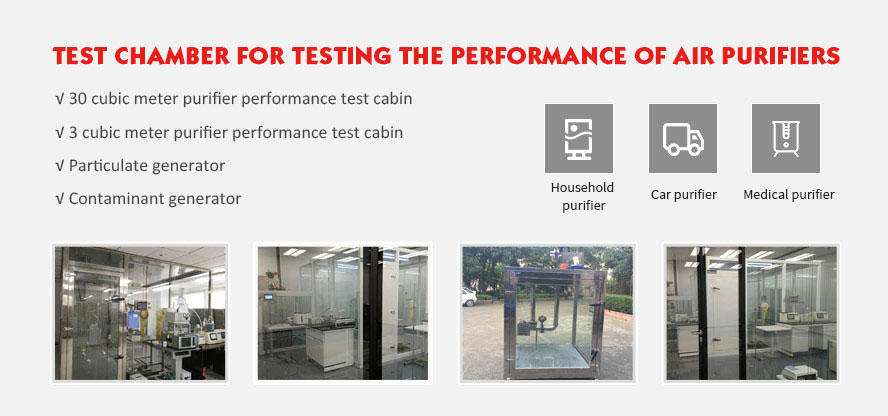Why do electronic components need to undergo aging testing?
During the processing of electronic products, due to complex processing and extensive use of component materials, whether they are processing defects or component defects, they can be divided into obvious defects and latent defects. Obvious defects refer to those that cause the product to not work properly. defects such as short circuit/open circuit.
Potential defects cause the product to be usable temporarily, but the defects will be quickly exposed during use and the product will not work properly. Potential defects cannot be discovered by conventional inspection methods, but can be eliminated using aging methods.
If the aging method is not effective, the potential defects that have not been eliminated will eventually manifest in the form of early failure (or malfunction) during product operation, resulting in an increase in product repair rates and increased maintenance costs.
What is aging test
Aging (Burn in) refers to the continuous application of environmental stress to components at a certain ambient temperature for a long period of time, and Environmental Stress Screen (ESS: Environment Stress Screen) includes not only high temperature stress, but also many other stresses, such as Temperature cycles, random vibrations, etc., accelerate various physical and chemical reaction processes inside components through the combined effect of electrical and thermal stress, prompting early exposure of various potential defects hidden inside components, thereby achieving the goal of eliminating early failure products. Purpose.
The role of aging testing
01 It has a good screening effect on a series of defects that may exist in the manufacturing process, such as surface contamination, poor lead welding, channel leakage, silicon wafer cracks, oxide layer defects and local hot spots.
02For defect-free components, aging can also stabilize their electrical parameters.
Aging test items
The main items of the aging test are:
Photoaging test
Photoaging is the main aging damage suffered by materials used outdoors. Materials used indoors will also be subject to a certain degree of photoaging. The three main light sources for simulating photoaging each have their own advantages. Carbon arc lamps were first invented and used, and the measurement system was established earlier. Many Japanese standards and standards for fiber materials use carbon arc lamps. However, carbon arc lamps are relatively expensive. , The performance is not stable enough (the lamp needs to be replaced after 90 hours of use), and it has been gradually replaced by xenon arc lamps and ultraviolet lamps. Xenon lamps have great advantages in simulating natural light, and their prices are relatively low, making them suitable for most products.
Ultraviolet lamps produce light below 400nm, which can better accelerate the damage caused by ultraviolet rays in natural light to materials. The acceleration factor is higher than that of xenon lamps, and the light source stability is better than that of xenon lamps, but it is prone to damage caused by unnatural light output ( Especially UVB lights)
Main application scope: rubber and plastic, coating, and ink products for outdoor and indoor use, housings for communications, electrical appliances, and other equipment, automobile parts, and motorcycle accessories.
Photoaging test
Main reference standards: GB/T 7141, ASTM D3045, JIS K 6257, etc.
The thermal aging box has a program function, and the temperature change can be set through the program, which is suitable for the thermal aging needs of various products.
Main application scope: heat-resistant aging test of various products, such as PCB boards, insulating rubber in electrical appliances, products requiring long life (such as outer casing materials for cable-stayed bridges, with a service life of more than 20 years), etc., to examine how the materials change over time changes in product performance over time, and examine the reliability of product use
Damp heat aging
Main reference standards: Common standards include GB/T 15905, GB/T 2573, etc.
In addition, the humidity and temperature change curves can be set according to different product standards and enterprise standards, which is suitable for various complex heat and humidity aging tests. During the use of the product, it is easily affected by the dual effects of temperature and humidity. For some water-sensitive materials, such as PET, PBT, etc., a moist heat aging test is required to evaluate whether it is suitable for long-term use in a humid environment.
Salt spray aging
Main reference standards: GB/T 10125, GB/T 12000, ASTM D117, JISZ2371 and other standards
Conduct neutral salt spray, acidic salt spray, and copper ion accelerated salt spray tests. It is mainly used to simulate the corrosion effect of sodium chloride dissolved in water vapor in the atmosphere on protective layers such as coatings and metal floors, especially in coastal areas and areas around inland salt lakes where the salt content in the air is high. Very susceptible to salt spray corrosion
Mainly applicable products: various types of coatings, such as building exterior wall coatings, marine coatings, container coatings, etc., various coatings
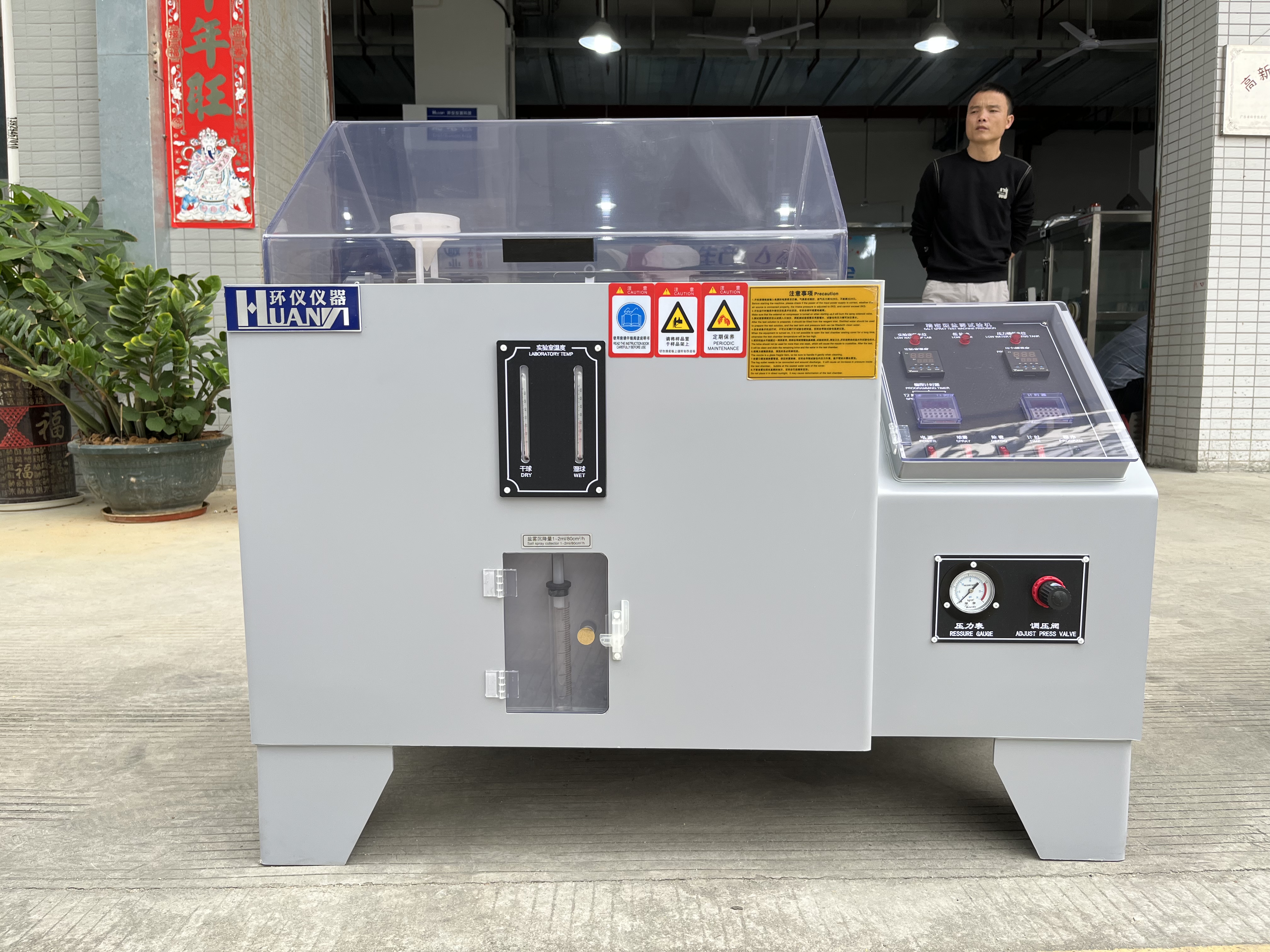
Ozone aging
Main reference standards: GB/T 7762, GB/T 24134, GB/T 13642, HG/T 2869, JIS K 6259, ASTM D 1149
It mainly examines the ozone resistance of rubber (rubber contains a large number of double bonds and is easily attacked by ozone, especially when used dynamically or stretched, ozone damages the rubber more seriously). You can also examine the performance of new elastomers such as TPU and EPDM. Ozone resistance
high and low temperature cycle
Main reference standards: GB/T 2423, JG/T 25 Determination of Freeze Cycle Resistance of Architectural Coatings and other standards. Tests can be carried out according to the relevant test methods for high and low temperature cycles and freeze-thaw cycles in different product standards.
Mainly used for testing of building coatings, equipment used in special environments, etc.
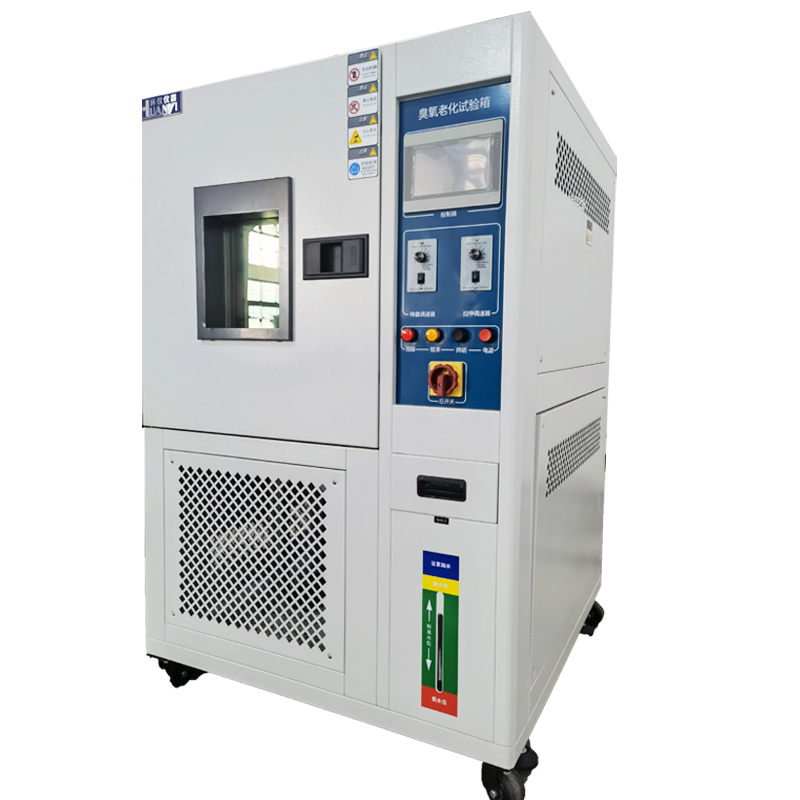
In order to achieve satisfactory aging results, the following points should be noted:
01 Aging equipment should have good anti-self-oscillation measures
02 When applying voltage to the device, it should increase slowly from zero, and when removing the voltage, it should also decrease slowly. Otherwise, the instantaneous pulse generated by the sudden change of the power supply voltage may damage the device. After aging, measurements must be made promptly within the time specified by standards or specifications, otherwise some parameters that are out of tolerance during aging will return to their original values.
03 In order to ensure that the transistor can age at the highest temperature, the thermal resistance of the transistor should be accurately measured
For integrated circuits, since their operating voltage and operating current are greatly limited, their own junction temperature rises very little. It is difficult to reach the temperature required for effective aging without increasing the ambient temperature.

